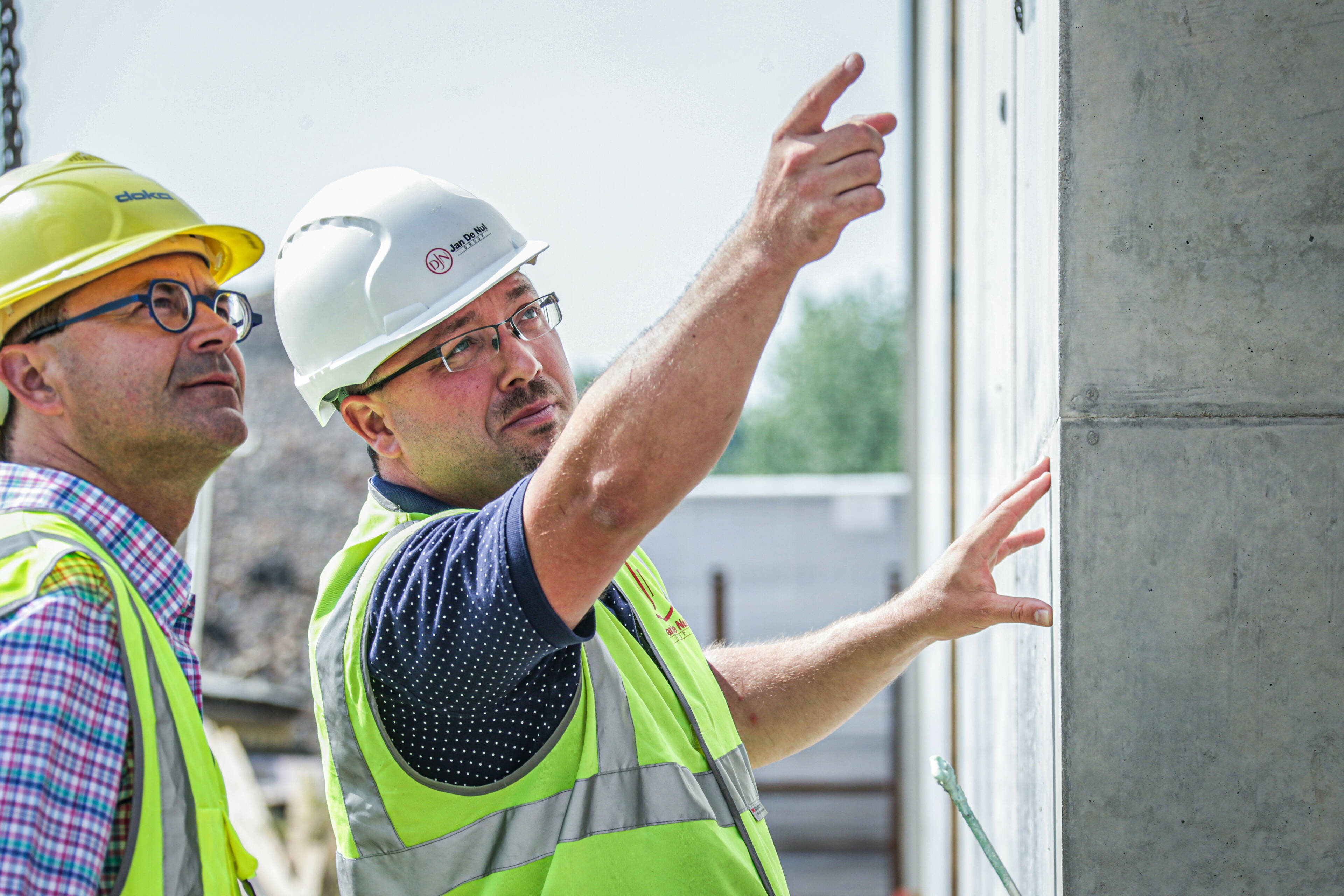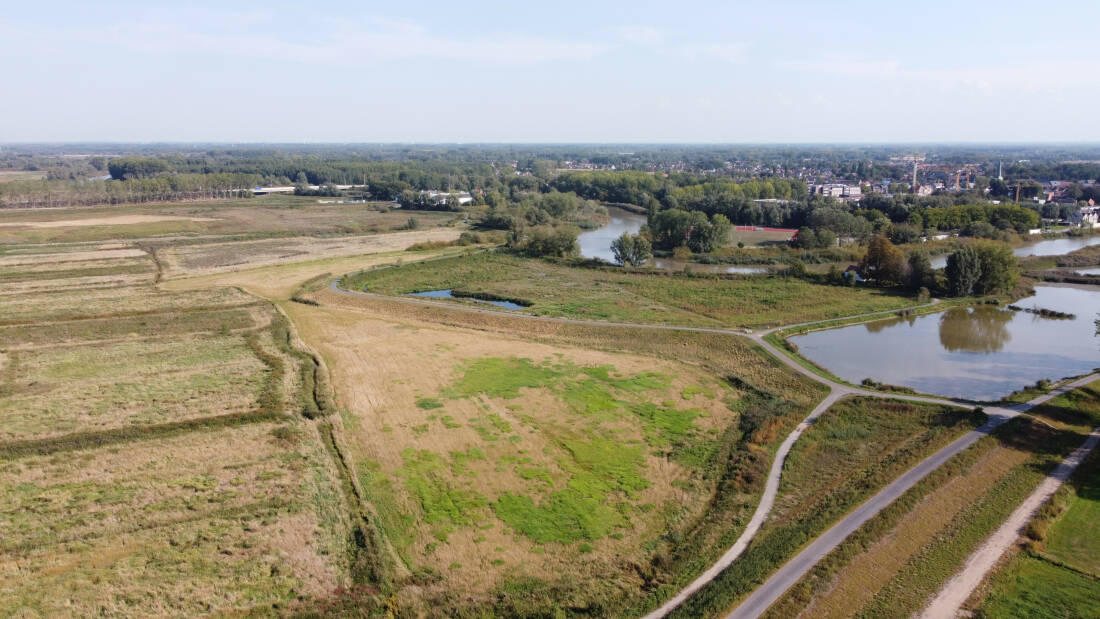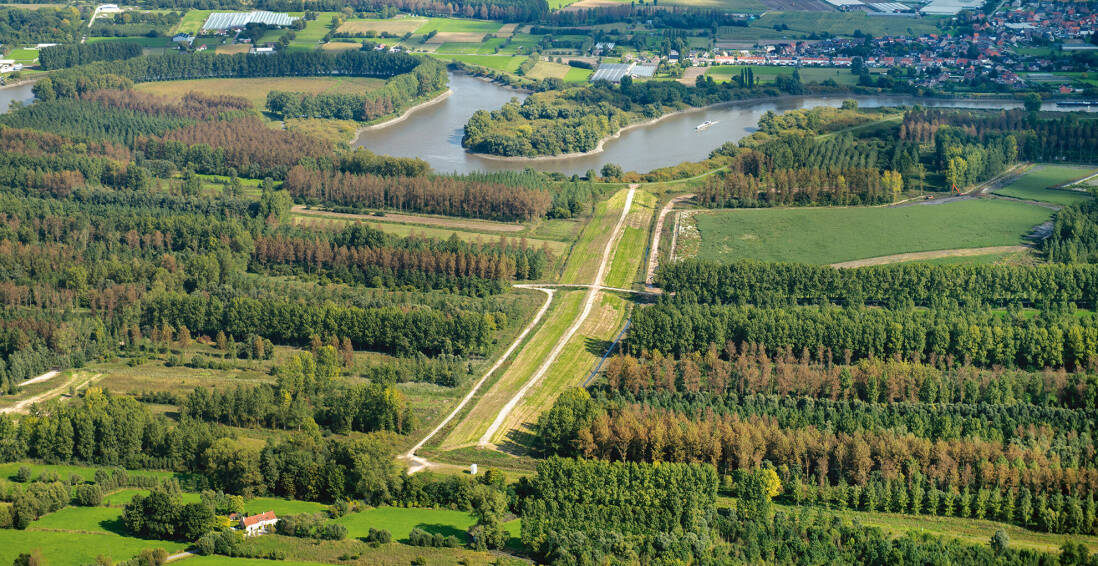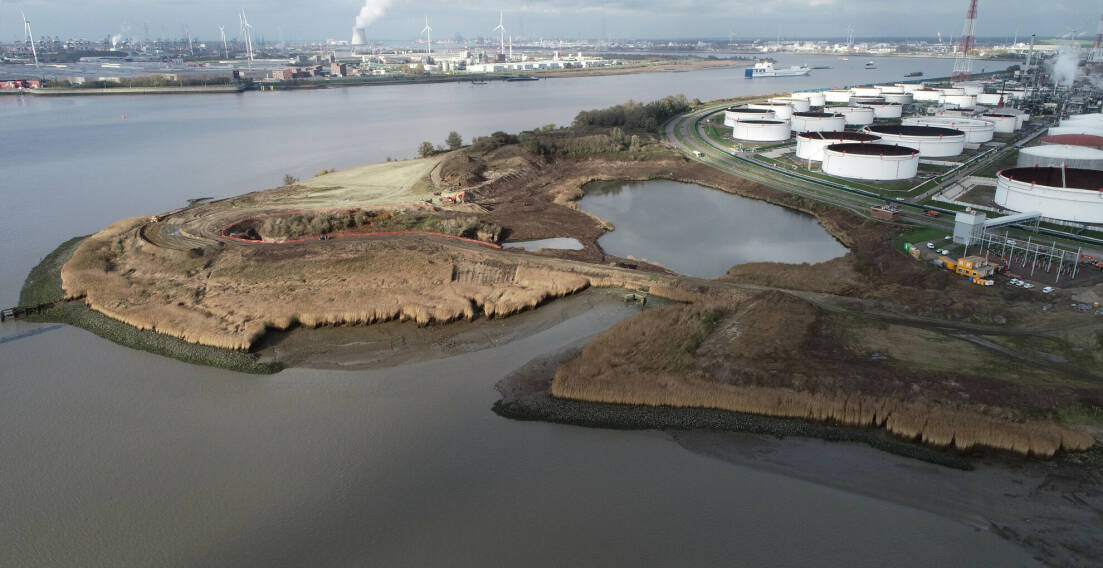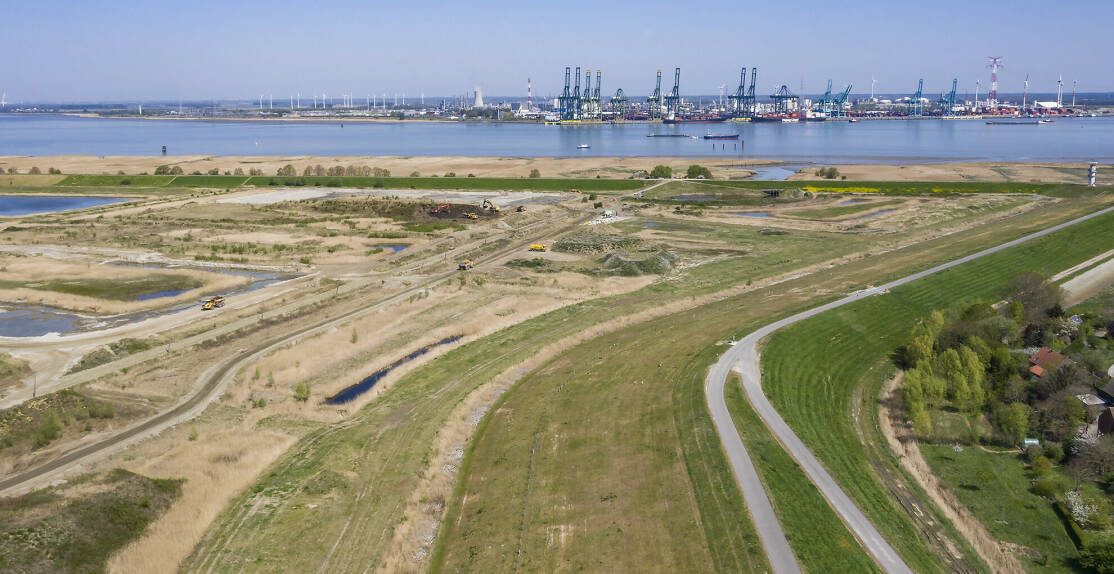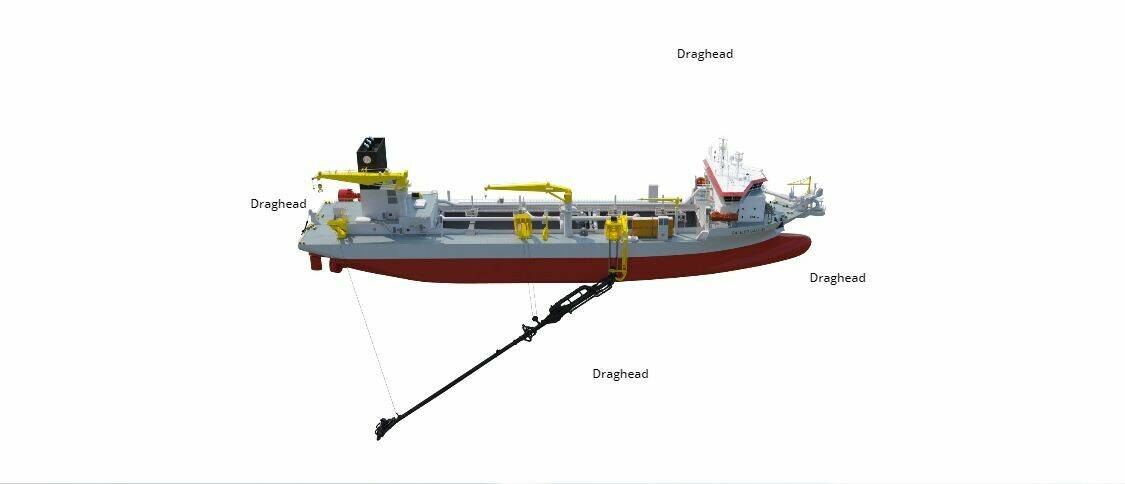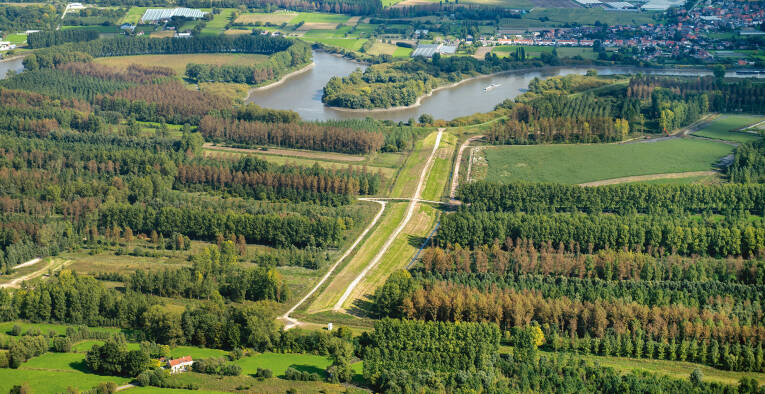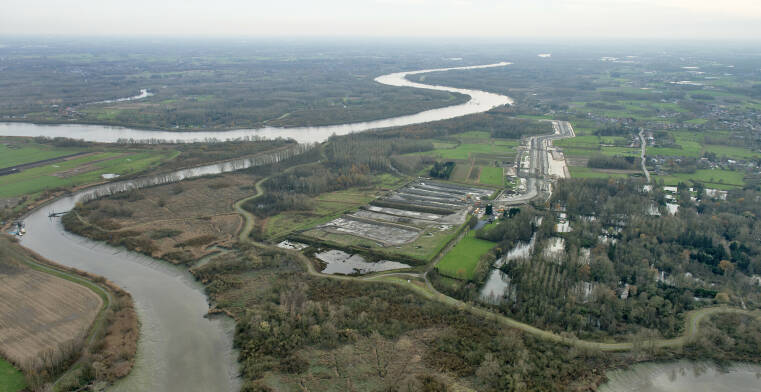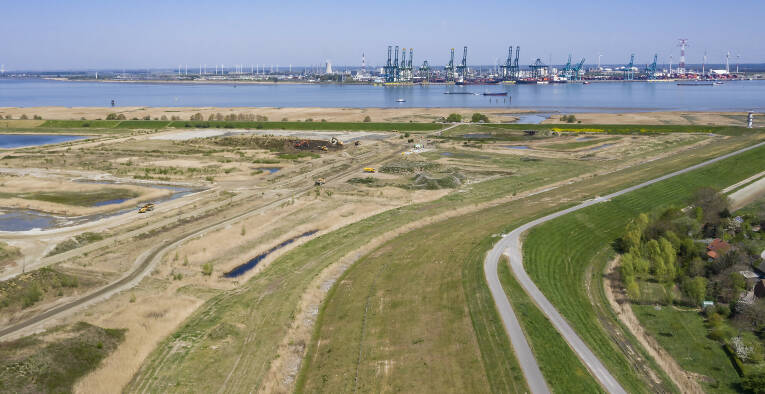



Guillaume Stoz, Project Leader at Jan De Nul Group.
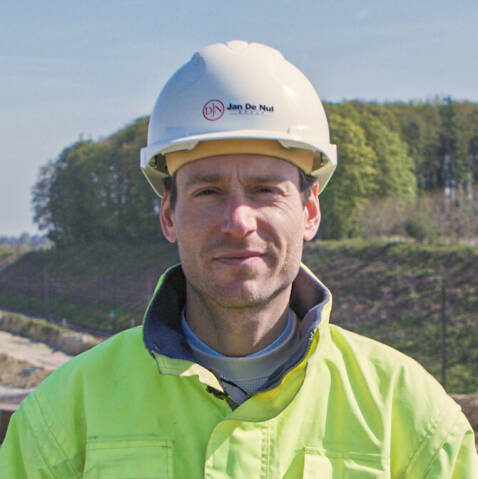

Bridge positioning: 4 h
Margin for tolerance: 2 cm
Bridge span: 32 m
Weight of the bridge: 1,200 tonnes



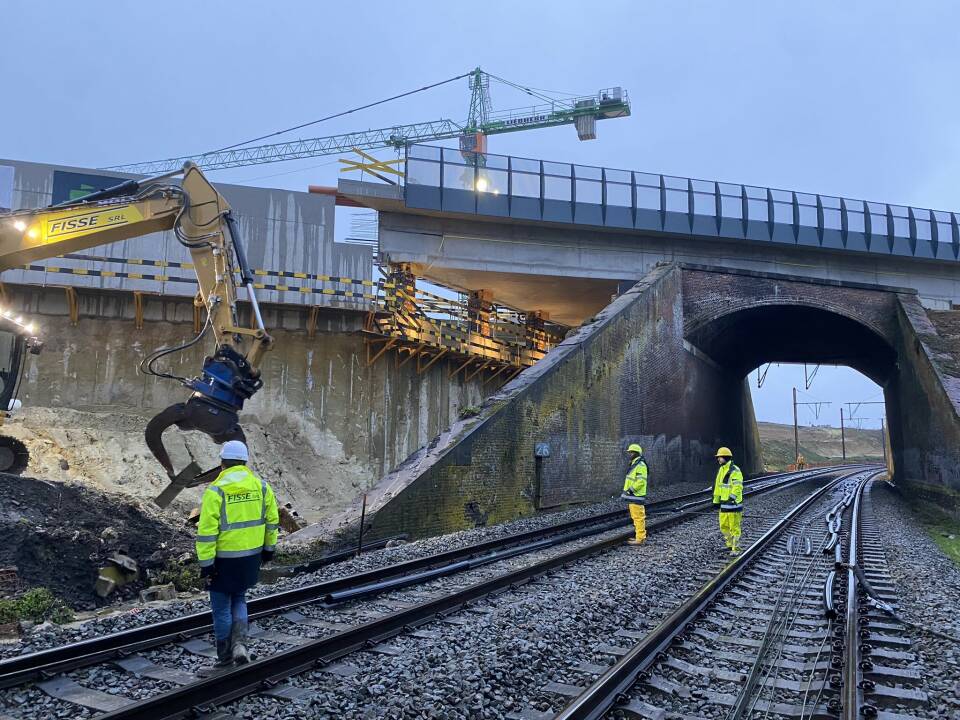

Lowering distance:
2 m
Bridge lowering: 20 h
Margin for tolerance: 1 cm
Bridge span: 40 m
Weight of the bridge: 1,400 tonnes



The first bridge, where the road passes above the railway tracks, was built above the old brick tunnel, and supported by struts. During the closure of the tracks, we covered and protected the tracks, demolished the tunnel, and placed the new bridge in its final position two metres lower. Extra difficulty: the crew needed to navigate between pipelines for gas, water, and electricity.
tonnes



Interested in how we pay attention to detail on our other civil construction sites?
Visit jandenul.com and discover our projects!
For one large infrastructure project, several new railway bridges had to be installed, two of which we’re zooming in on. On the one hand, there is a bridge where the road crosses above the train tracks. On the other hand, we installed a bridge where cars pass below the railway.
Placing the two bridges took place during one single week, when the rail operator placed these tracks out of service. In a narrow time frame, the bridges had to get to their final positions, clean-up had to be done, and we had to prepare the tracks for re-entering service. Even a brief delay would have a significant impact on local railway operations.
Whether it’s about constructing wind turbines at sea, installing a bridge across a river, or the remediation of a polluted site: large projects only succeed when you pay attention to the smallest details. Even in oversized structures, the margins are narrow, with less than a centimetre to spare. This is where excellent operational control, great engineering, and teamwork come into play. Let’s take a closer look at the enlargement of railway bridges, where there’s not only little room for error, but also great time pressure.
We built the second bridge next to the original one, as the train tracks pass above the road. During the track’s closure, we demolished the old construction, cleared the rubble, and rolled the new bridge into place. Afterwards, new railway tracks and electricity lines were placed. We are building another bridge next to the new bridge to double the number of tracks, which can be done without interrupting normal train traffic.
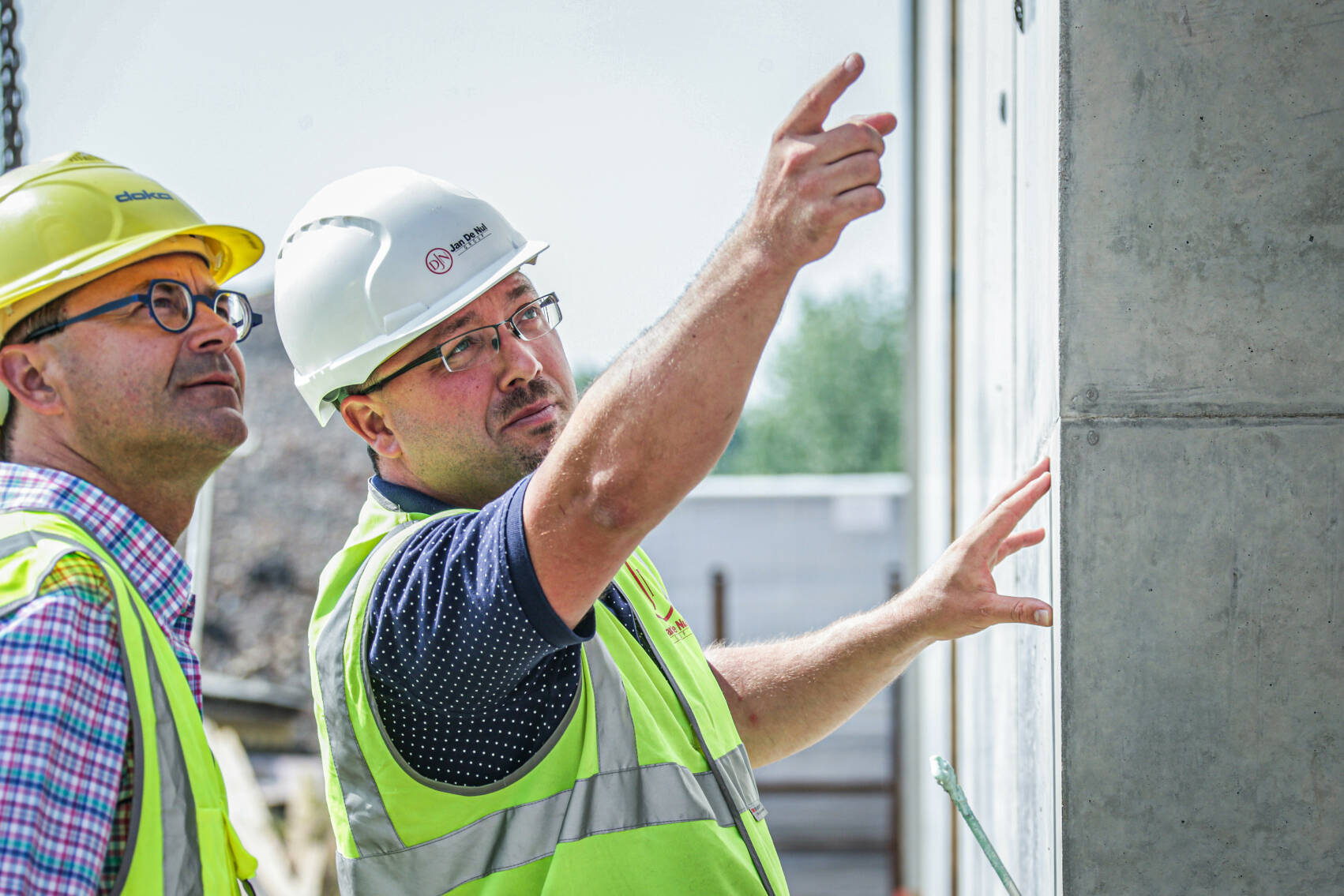


586,000 m3 of limestone removed



To turn the tide, dozens of countries – including the biggest polluters (China, the United States, and the European Union) – accelerate in achieving their net-zero targets. A common thread in those efforts: going all in on bitions.
From scorching heatwaves in Europe to unusually heavy downpours in Bangladesh, extreme weather events have caused widespread upheaval across the globe recently. To turn the tide, dozens of countries – including the biggest polluters (China, the United States, and the European Union) – accelerate in achieving their net-zero targets. A common thread in those efforts: going all in on bitions.

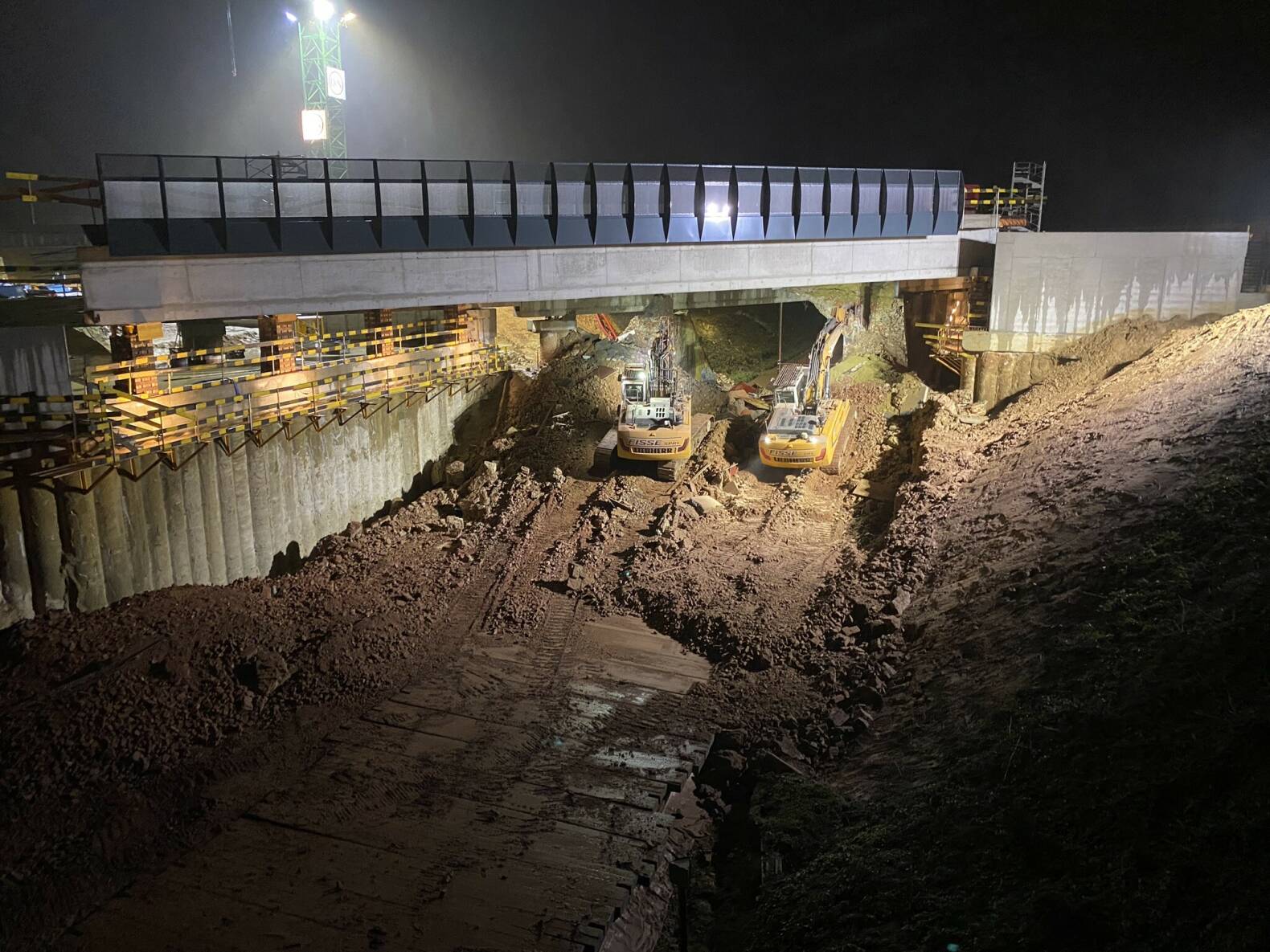





Interested in how we pay attention to detail on our other civil construction sites?
Visit jandenul.com and discover our projects!
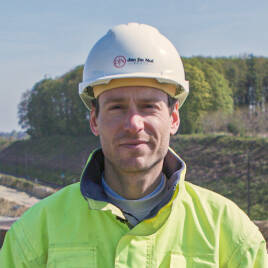

Guillaume Stoz,
Project Leader at Jan De Nul Group.
Bridge span: 32 m
Margin for tolerance: 2 cm
Bridge positioning: 4 h
Weight of the bridge: 1,200 tonnes




We built the second bridge next to the original one, as the train tracks pass above the road. During the track’s closure, we demolished the old construction, cleared the rubble, and rolled the new bridge into place. Afterwards, new railway tracks and electricity lines were placed. We are building another bridge next to the new bridge to double the number of tracks, which can be done without interrupting normal train traffic.
Lowering distance: 2 m


Weight of the bridge: 1,400 tonnes
Bridge span: 40 m
Margin for tolerance: 1 cm

Bridge lowering: 20 h


The first bridge, where the road passes above the railway tracks, was built above the old brick tunnel, and supported by struts. During the closure of the tracks, we covered and protected the tracks, demolished the tunnel, and placed the new bridge in its final position two metres lower. Extra difficulty: the crew needed to navigate between pipelines for gas, water, and electricity.
tonnes
For one large infrastructure project, several new railway bridges had to be installed, two of which we’re zooming in on. On the one hand, there is a bridge where the road crosses above the train tracks. On the other hand, we installed a bridge where cars pass below the railway.
Placing the two bridges took place during one single week, when the rail operator placed these tracks out of service. In a narrow time frame, the bridges had to get to their final positions, clean-up had to be done, and we had to prepare the tracks for re-entering service. Even a brief delay would have a significant impact on local railway operations.
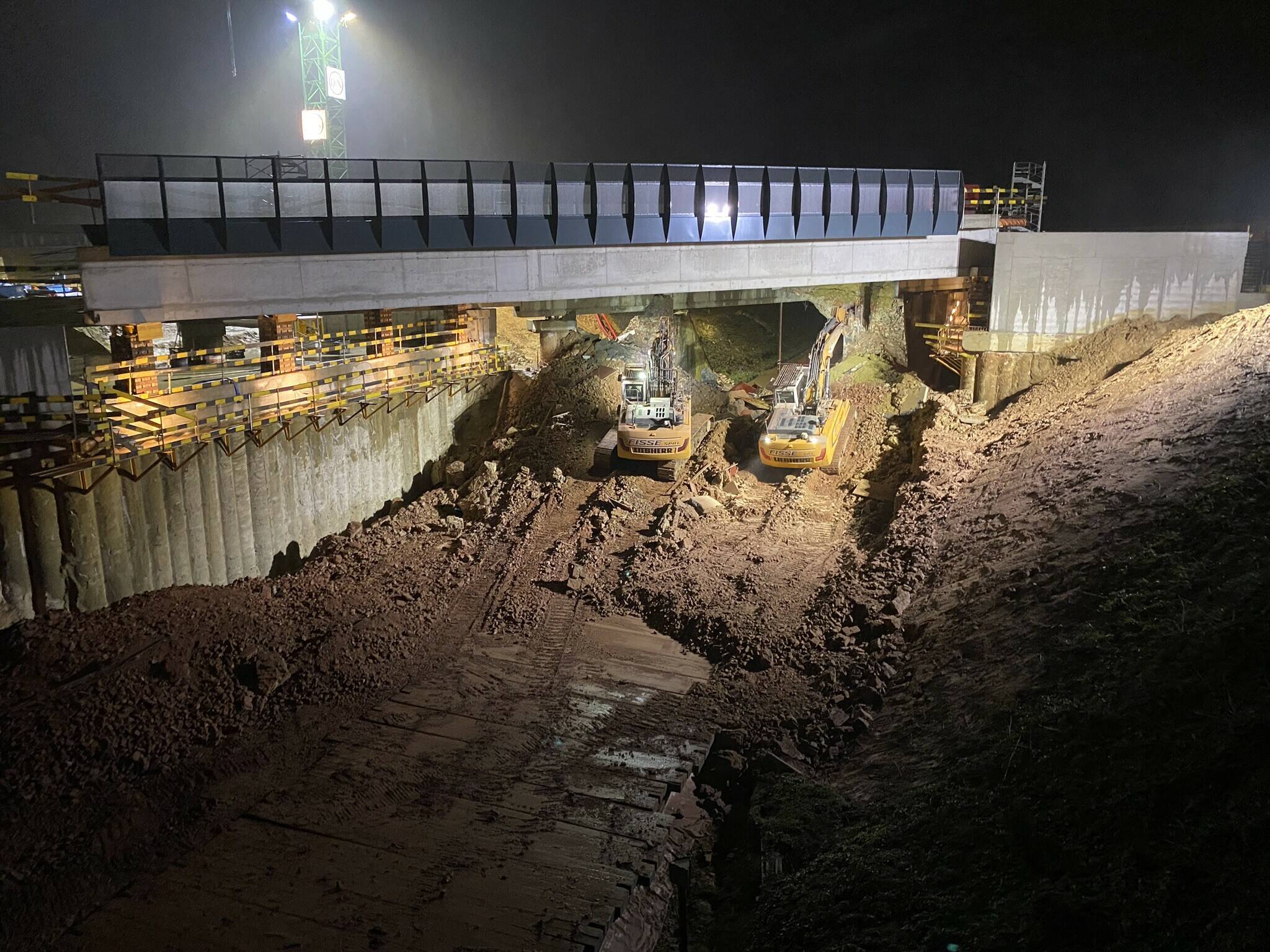
Whether it’s about constructing wind turbines at sea, installing a bridge across a river, or the remediation of a polluted site: large projects only succeed when you pay attention to the smallest details. Even in oversized structures, the margins are narrow, with less than a centimetre to spare. This is where excellent operational control, great engineering, and teamwork come into play. Let’s take a closer look at the enlargement of railway bridges, where there’s not only little room for error, but also great time pressure.
